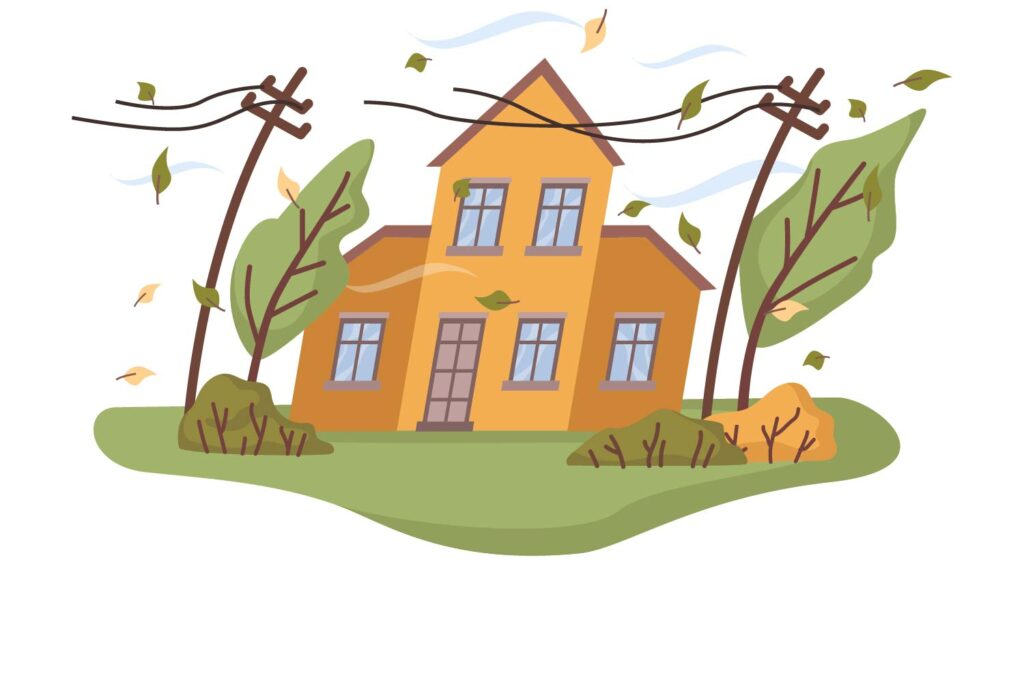“When the winds roar, safety opens the door.”
Shielding Against Damaging Gusts.
Damaging winds refer to strong winds that exceed typical levels, often reaching speeds of 50-60 mph or higher. These winds can cause widespread destruction, uproot trees, damage buildings, and cause power outages. Being prepared and staying informed is crucial to minimizing risks during such weather events.
Emergency Preparedness Tips for Damaging Winds:
- Stay Informed:
- Keep an eye on weather forecasts and warnings. Be aware of alerts indicating high winds in the area.
- Secure Loose Items:
- Ensure that any loose outdoor items like furniture, plant pots, or garden tools are secured or brought indoors to prevent them from becoming projectiles in the wind.
- Stay Indoors:
- Encourage older adults to stay indoors during high winds to avoid potential hazards. Move to the lowest level of the home if possible.
- Close Windows and Doors:
- Close and secure all windows and doors to prevent debris from entering the house and to protect against glass shattering.
- Power Outages:
- Prepare for potential power outages by having flashlights, batteries, a battery-operated radio, and backup power sources if available.
- Emergency Kit:
- Have an emergency kit with essential items, including non-perishable food, water, medications, a first-aid kit, and important documents in case evacuation is necessary.
- Check on Neighbors:
- Encourage checking on neighbors, especially those who might need assistance or are living alone, to ensure their safety.
- Stay Away from Windows:
- Keep away from windows or glass doors during high winds to avoid injury from shattered glass.
- Seek Shelter:
- In the event of severe winds or a tornado warning, seek shelter in a basement or an interior room without windows.
- Listen to Authorities:
- Follow instructions from local authorities and emergency services, and evacuate if instructed to do so.

